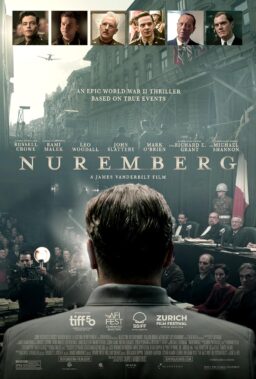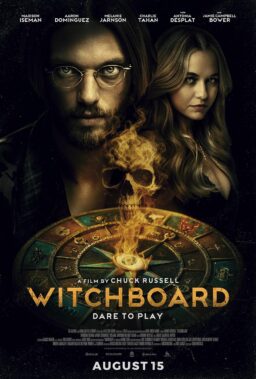It is a little awesome to listen to Irving Wallace talk about the sales figures of his novels. He has sold something like 92 million copies of them, in 31 languages; as his daughter once pointed out, “There’s the Bible, and then there’s Daddy.” Now he has just published a new novel called The Fan Club, and it promises to be his biggest seller of all not least because of the coincidence that its plot resembles in some ways the Patricia Hearst kidnaping.
Wallace has been in Chicago for the last several days promoting the book as part of a national tour, and I asked him if the books he toured for did any better than the ones he did not.
“Let me tell you a story about tours,” he said. “The first book I went out and toured for was The Seven Minutes. It had a trade, sale (that’s hardcovers in bookstores) that was about the same as for The Man about 125,000 copies. And I hadn’t done a thing to promote The Man.
“So I decided the whole business of touring was a waste of time. But then we got the figures from the Literary Guild, which selected ‘The Seven Minutes’ as what they call a special selection. That means it doesn’t come to you automatically; you have to order it.
“So, anyway, the Guild figures come in and they’ve sold 435,000 copies of the book! And then there was the paperback. It took a book of mine like The Chapman Report six or seven years to sell 3 million copies, which is considered a big league sales figure. The Seven Minutes sold, 21/2 million in 10 months! Apparently I have a large number of loyal readers who are going to buy my books anyway, and then the publicity reaches lots of others.”
He is sitting in his suite at the Continental Plaza, puffing on an omnipresent pipe and discussing these extraordinary figures with every appearance of outward calm. He has been a professional writer for so long, has written so many millions of words and gold them for so much that millions of sales no longer astonish him.
And yet there is a new book out, Irving Wallace: A Writer’s Profile, by John Leverence (The Popular Press, Bowling Green), that examines his professional career even down to reproducing a chart of his production in 1941. That year, he recorded, he wrote 41 pieces, sold 33 of them (mostly to Liberty and Coronet magazines) and earned $5,398.
He had been a free lance writer for several years, and a screenplay writer for 10 years (at various times at all the major studios) before The Chapman Report, in 1959 finally brought him big money.
The Fan Club is quintessential Irving Wallace: A schizo who is obsessed by his love for a Hollywood sex goddess recruits three other men, and together they kidnap the actress and imprison her in an isolated cabin. After she is raped, she realizes that only she can save herself, and she uses all of her skills as a manipulator of men to bring about a. rescue. Her final stroke of genius is to convince the men to ask for ransom for her; before they do, there was no evidence that she had even been kidnaped, and thus no official police interest in her case.
“The book was off the press when the Hearst kidnaping happened,” Wallace said. “The timing was incredible.”
He remembers precisely where the idea for The Fan Club came from, “and that’s unusual, because most of the time an idea will germinate over a period of months and years and you won’t know quite where it came from.
“But with this one, the inspiration came exactly five years ago last month, while I was on a train from Boston to New York. I was all alone in the club car, and then we stopped at this junction and some railroad men got aboard. There was a newspaper, and they saw a headline about Burton buying Taylor the world’s biggest diamond.
“That started them talking about Elizabeth Taylor, and one guy said he’d trade his house, his wife, big car, everything, for one night with her.
“I’d heard that kind of talk all my life. I didn’t make a note about it in my journal as a possible story idea; I thought I’d forgotten it. Then, a few days later in Los Angeles, I heard an item on the radio about Taylor flying in for the Oscars. That somehow started me thinking about an evening I’d spent at a party for Marilyn Monroe, and about another party where Lana Turner was my dinner partner and how she’d talked about men she’d known, and how she’d handled them.
“The moment I got home, I sat down at the typewriter and typed out a one page outline of The Fan Club. I had four different endings on that one page and I didn’t know if any of them would work. I knew I had a story. I’ve known a lot of these women, the so called sex symbols, and what they’re like, and how they think, and I thought it would be fascinating to create a character who tried to save her own life through manipulating the fantasies that her kidnappers had about her.”
How are sales going?
“Good. This book seems to have created a bigger split between the reviews and the readers than any other book I’ve done. Here in Chicago, The Sun Times and the Trib hated it. Time didn’t like it. But I try to write a novel you can’t put down. Every time I see a lot of bad reviews, I think, oh, boy I They’re gonna block me from the public. But the book has been out 10 days and it’s already No. 2 in Chicago.”
And the Literary Guild hasn’t even been heard from yet.











